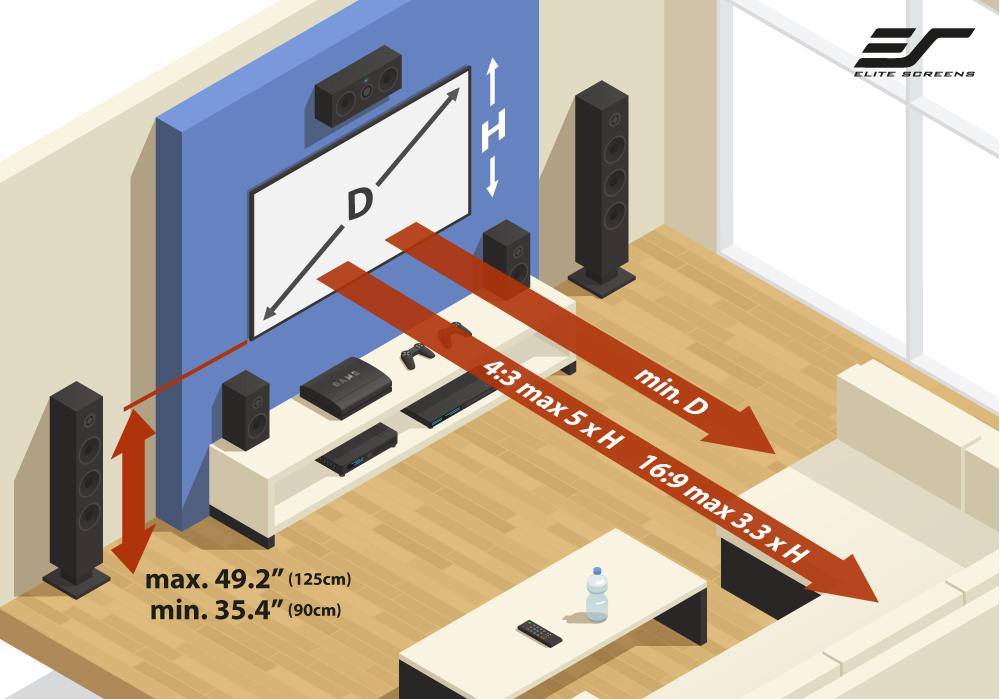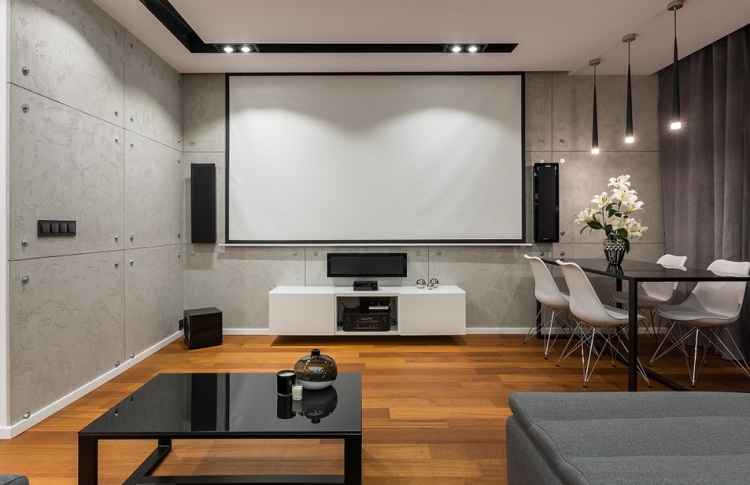How are projector screens measured?
There are a few ways to measure the size of a projector screen. One simple way is to look at the current pixel resolution, where pixel is short for pixels per inch. For example, a typical definition of 1920 x 1080 means that the projector has 1920 horizontal pixels and 1080 vertical pixels.
Another way is to calculate how many square feet of screen it can fit, but this calculation depends on two factors: how big the screen is and what its shape is (rectangular or round). To find out about how many square feet of projection surface you need for your specific setup, take one foot times four inches equals 96 square inches per square foot.
The third way to measure the size of a projector screen is to measure its diagonal size. Diagonal means that the shape is like a letter "W". The diagonal of a projector measurement is the distance from the top left corner to the bottom right corner on a flat movie screen. Because all screens are not flat, there are some additional things you need to do. You will have to measure how far your feet step up or down from the bottom corners, and you will also have to know how strong your room light source is (bright or dark).
To calculate the diagonal size of a projector screen:
Measure the width and height of your screen. Multiply those two numbers together. For example, if you measure your screen and it is 8' wide by 10' high, then 8 x 10 = 80. This number is for the width, so you will have to do this same calculation again for the height: 8 x 10 = 80. Add these two numbers together: 80 + 80 = 160. Divide that number by 2 (the result from step 1). The 160/2 = 80" diagonal projector measurement that you need to know for your movie screen.
There are two ways to find something on your projector screen. They both use the same "X and Y" calculations, but they use them differently. The first way is when you know what item you want to look for in the imaginary grid of pixels (X and Y), but you don't know which pixel number it is. For example, if you wanted to find where the top left corner of a rectangle (4 x 6) was on your specific sized screen, then one way of doing that would be like this:
Measure how many pixels wide the rectangle was from side to side. In our example above, that number was 4". Measure how many pixels high the rectangle was from top to bottom. In our example, 6". Divide the 4" measured number by the 6" measured number. The result of that step would be .25. Find the X and Y numbers for this pixel number. In our example, since we know that this rectangle is 4 x 6 pixels, we need to find the (X) and (Y) numbers to tell us what spot in the imaginary grid of pixels it is in: X = .25 / .25 = 12; Y = .5 / .25 = 3.
An easier way to do that calculation would be like this: Measure how many pixels wide the rectangle was from side to side. In our example above, that number was 4".




